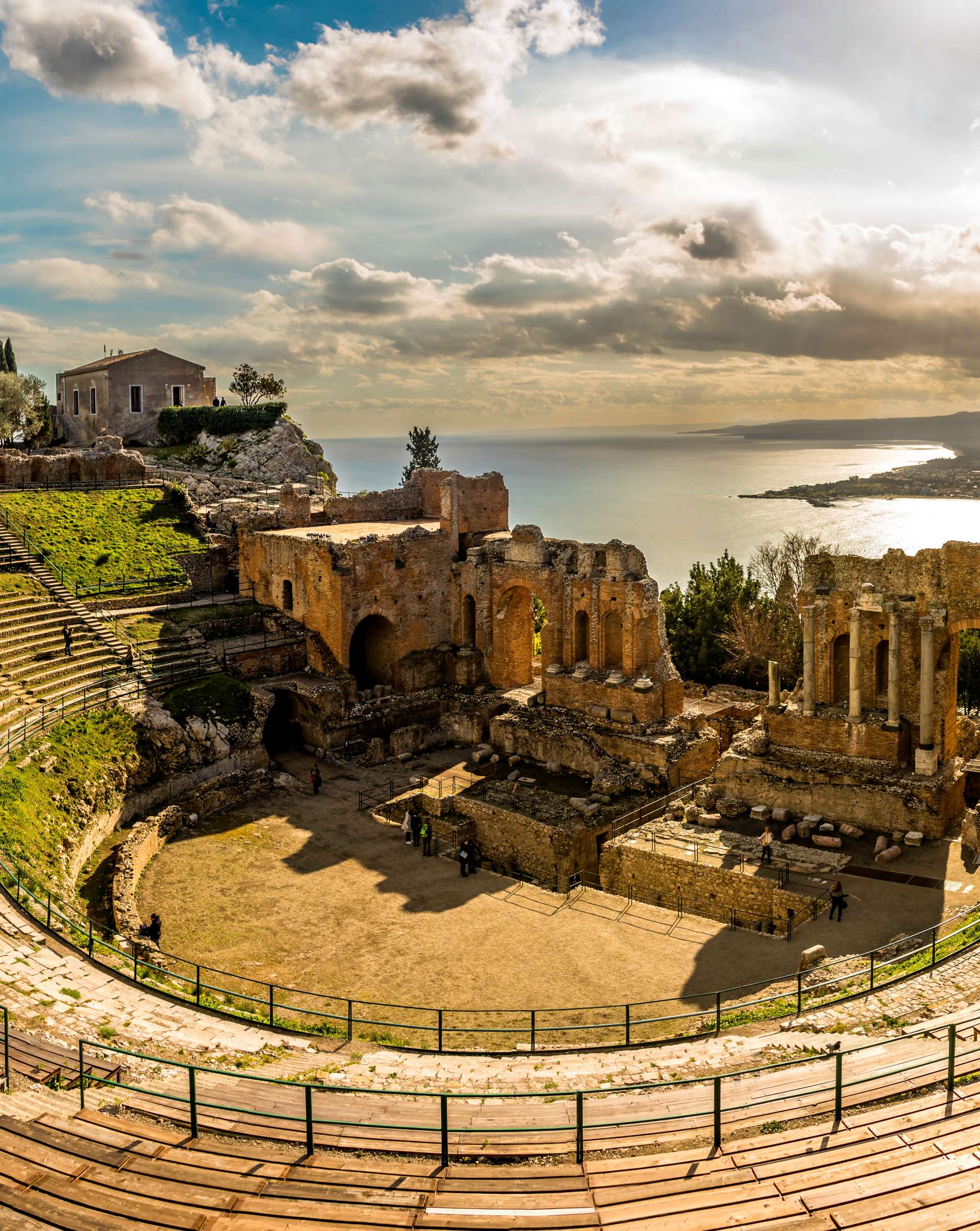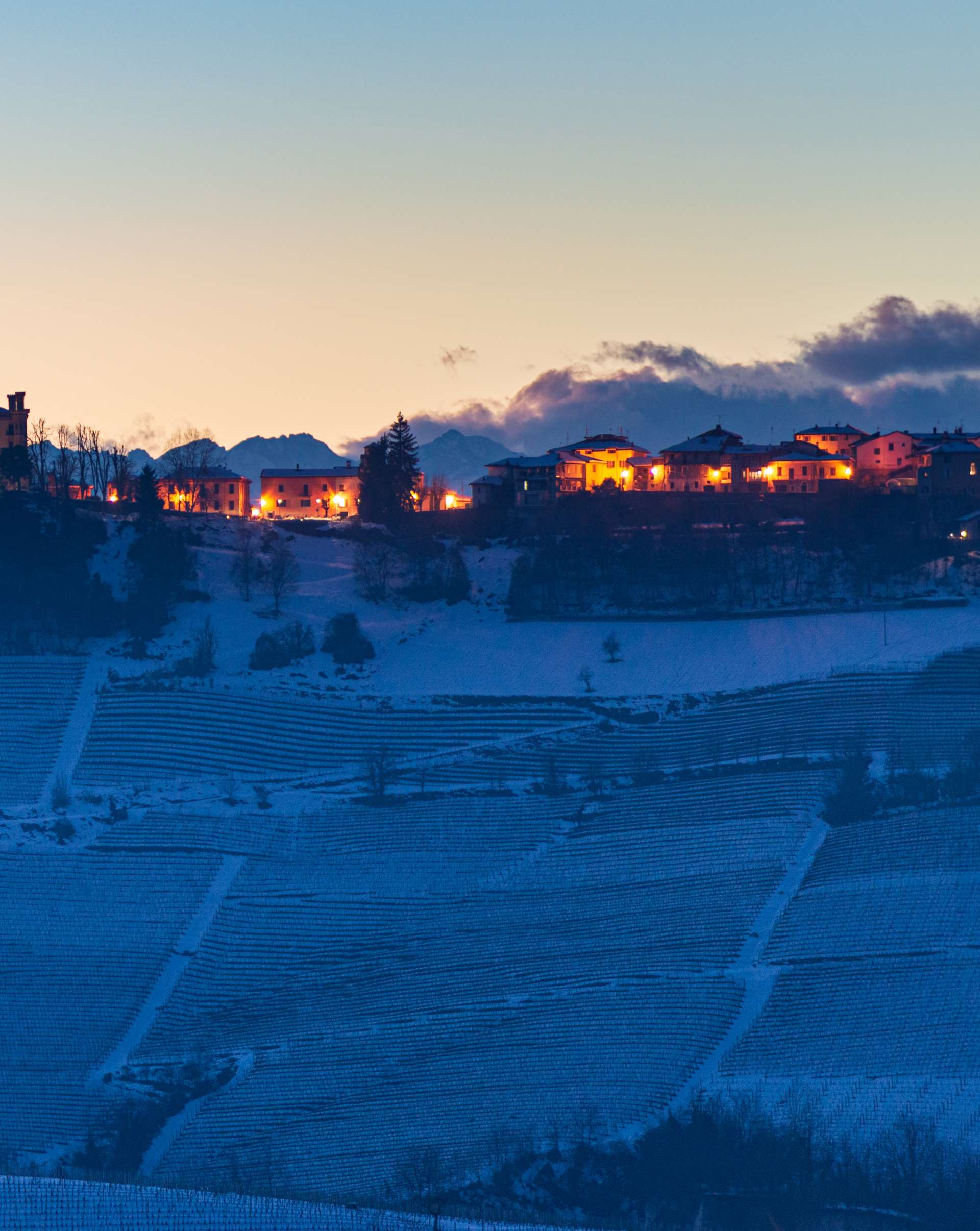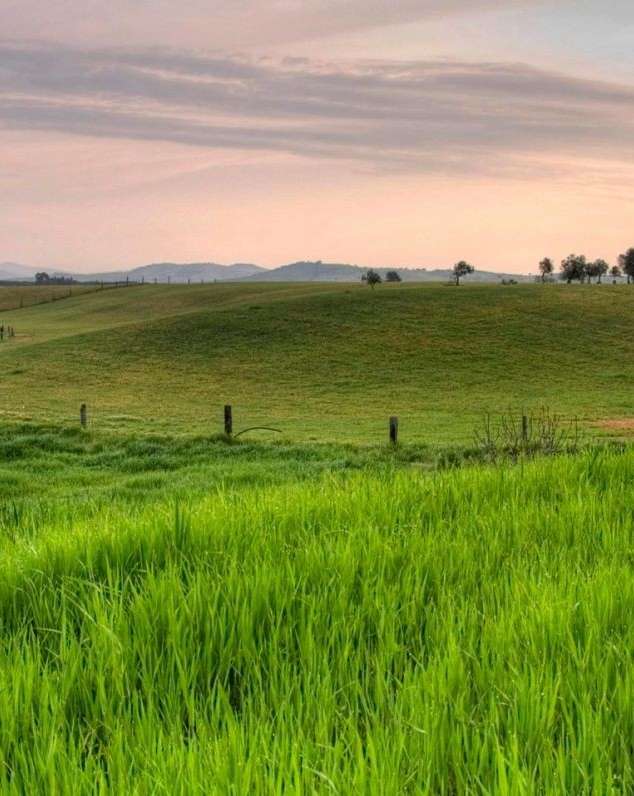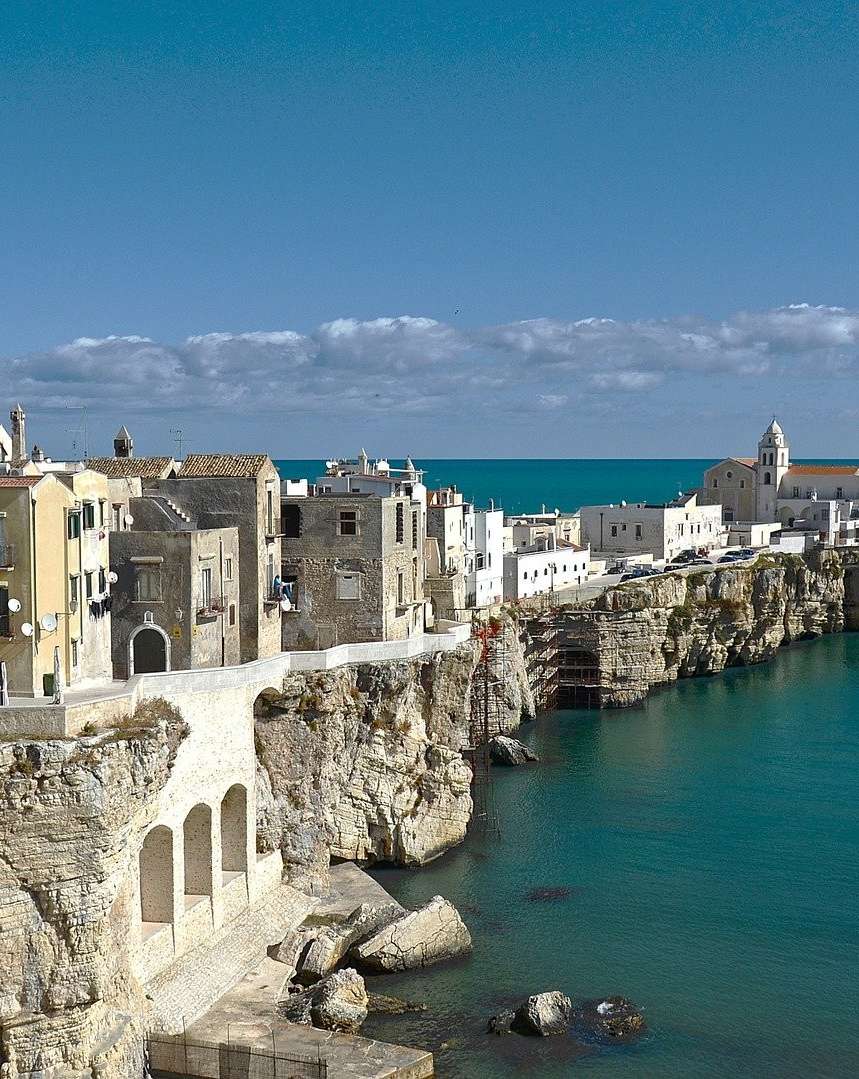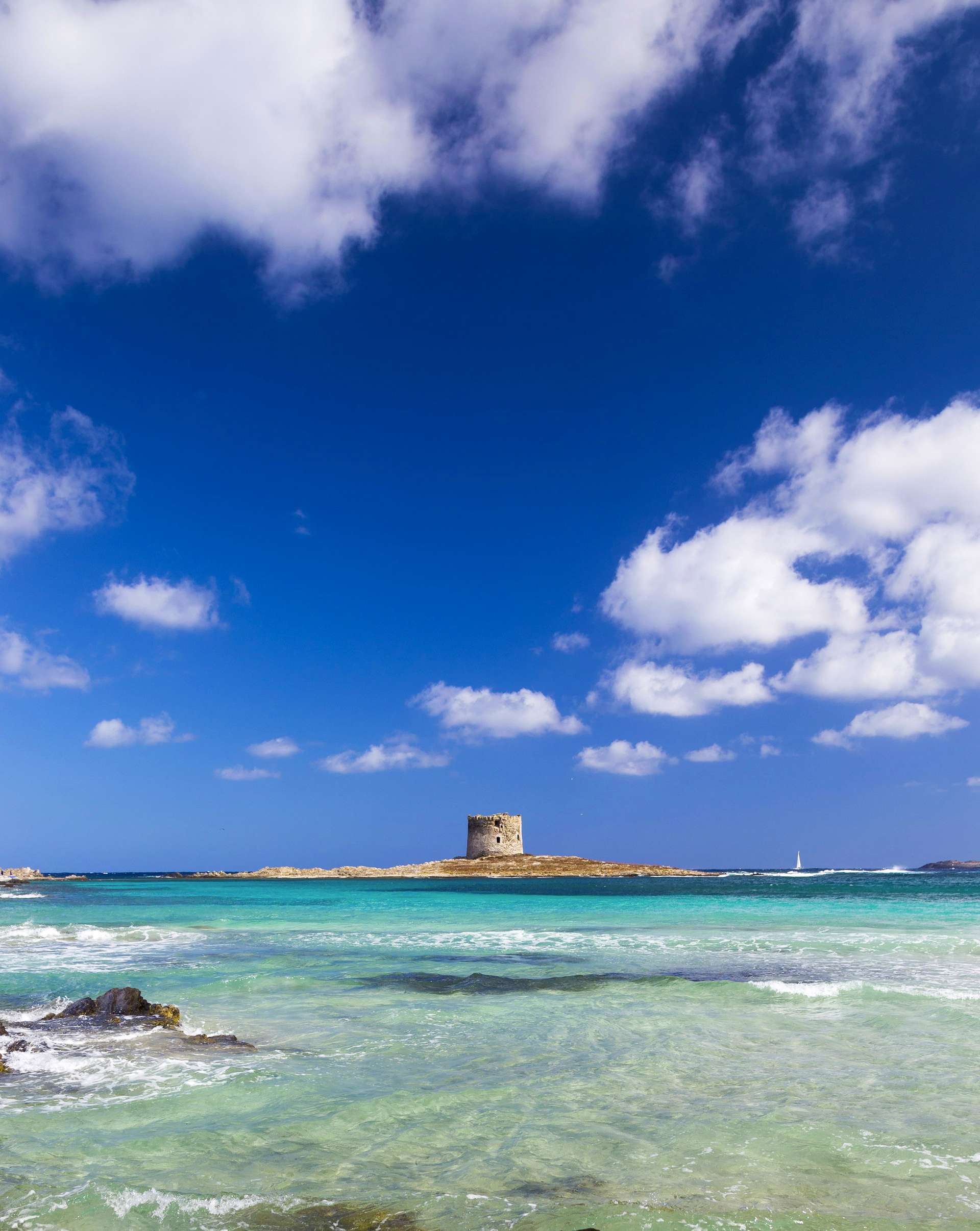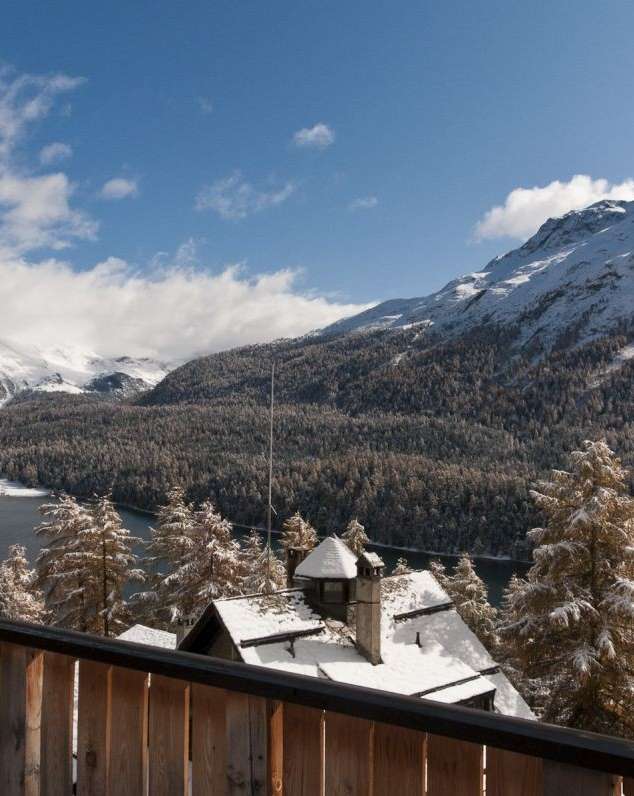
Veggies that you can only eat in Italy: puntarelle and cime di rapa
August 1, 2016Veggie lovers, get ready for a mouthwatering food experience in Italy with two vegetables that you can only find and eat in the amazing Belpaese.
The names are exotic – puntarelle and cime di rapa – and yet their taste is just so natural and amazingly Italian. You can only find these vegetables in the country and we strongly suggest you to get a taste of them if you’re spending your summer in Italy, and especially in its Southern regions, since these recipes are deeply rooted in the traditional and regional cuisine.
Puntarelle are the sprout of a very old and specific variety of chicory, and look a bit like asparagus, but have a different consistency and distinctive use. They are widely used in the regions of Lazio and Campania, and specifically in the Roman cuisine. They can be served raw, with a savory dressing, in what is called the “insalata di puntarelle” (puntarelle salad): the sprouts are cut into strip and plunged into ice water for about an hour, in order to maintain their bitterish flavor, curled appearance and crispy consistence. The salad is served with a dressing made of an emulsion of olive oil and vinegar, with some crushed garlic and mashed anchovies. The result? Just wonderful. You have to give it a chance.
Final considerations. The puntarelle philosophy is quite simple: bitter is better! Also known in Italy with the name of Cicoria Catalogna, they are part of the same family that includes endive, escarole and radicchio. The name puntarelle comes from their core of fat, pointy-tipped stems hidden within spiky outer leaves. The recipe Puntarelle alla Romana, explained above, is definitely the best way to taste them.
Cime di rapa are a classic ingredient in the traditional cuisine of Apulia, in Southern Italy. They could be translated as “turnip tops”, but also as “rapini” or “broccoli rabe”. Sweet and smooth to the palate, they are the focus of one of the yummiest recipes of Apulia, Orecchiette con Cime di rapa.
Let’s take a look at this quick vegetarian dish, where pasta is usually home-made and delicious. The recipe gives birth to a treasure of punchy, bursting and nutritious greens, and to an iconic flavor that every Italian knows.
The orecchiette (“little ears”) take their name from their shape, which resembles a small ear. They are put into the same water used to cook the cime di rapa, whose lower part of the stalks is beforehand sliced into 1 cm pieces. The pasta is dropped in the large pan of salted, boiling water where the vegetables are still cooking.
Gently heat two tablespoons of extra-virgin olive oil into a frying pan and slowly cook two chopped garlic gloves until fragrant. Then drain the cooked pasta and cime di rapa and pour them into the frying pan, adding a pinch of dried chili pepper. Cook gently and season with salt and pepper, and serve piled into shallow bowls with a slight dressing of raw olive oil.
Buon appetito!

